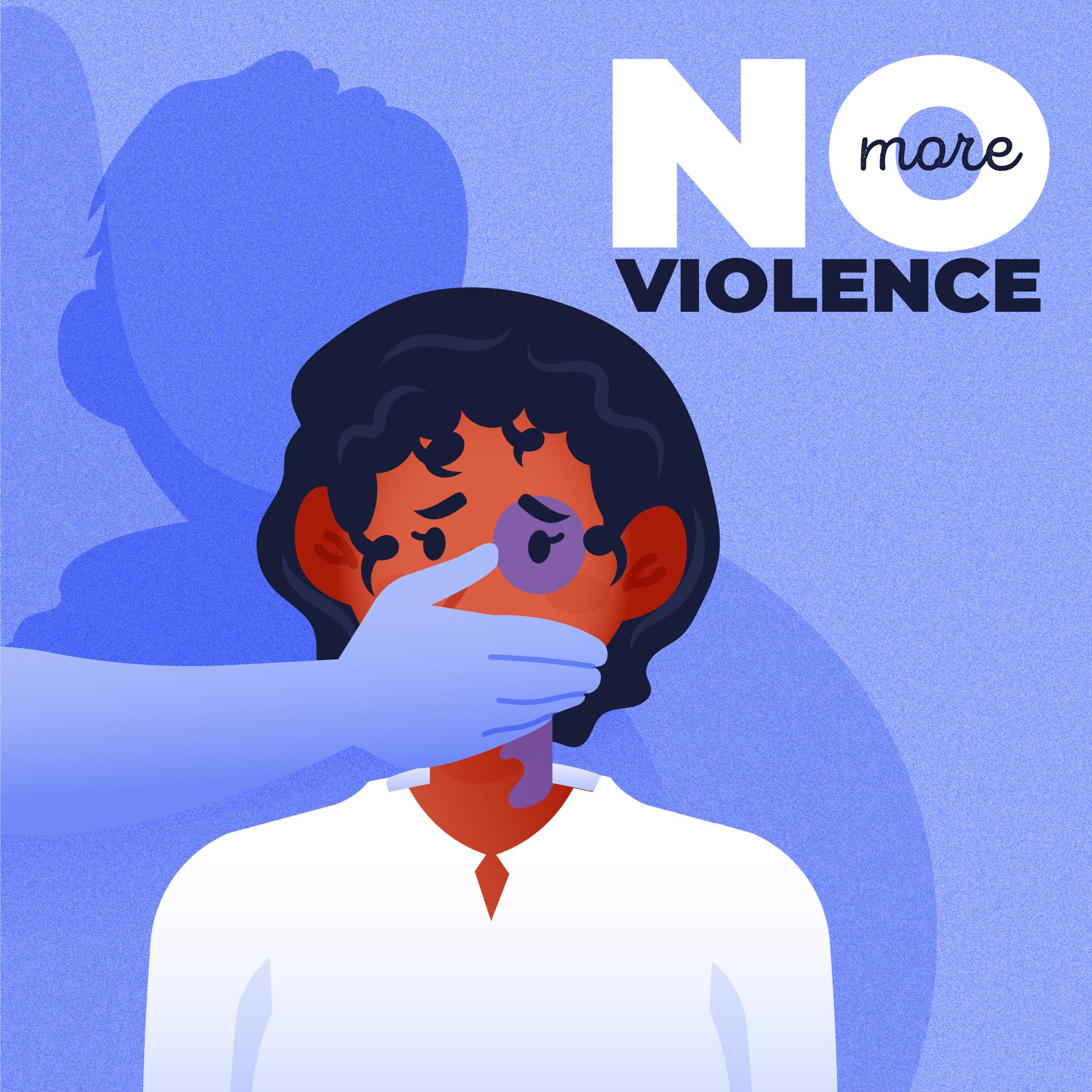End Gender Based Violence

Educational initiatives for gender equality
Develop Engaging Content: Create interactive and engaging content, such as videos, infographics, and quizzes, to make learning about gender equality interesting and accessible. Use storytelling and real-life examples to make the material relatable.
Utilize Diverse Platforms: Leverage a variety of online platforms, including social media, educational websites, webinars, and online courses, to reach different audiences. Tailor content to the platform’s format and audience preferences.
Promote Inclusivity and Diversity: Ensure that online content reflects diverse perspectives and experiences. Include contributions from people of various genders, ethnicities, and backgrounds to provide a well-rounded view of gender equality.
Create Safe Online Spaces: Foster an inclusive and respectful online environment. Implement clear guidelines for online behavior and provide moderators or support systems to address harassment or discrimination.
Encourage Online Discussion: Use discussion forums, chat groups, or comment sections to facilitate conversations about gender equality. Encourage participants to share their thoughts, experiences, and questions.
Offer Interactive Learning Modules: Develop interactive online courses or workshops that include activities, simulations, and scenarios to help users understand and practice gender equality concepts.
Collaborate with Influencer and Experts: Partner with influencer, educators, and experts who are passionate about gender equality to reach a wider audience and enhance the credibility of your initiatives.
Provide Resources and Tools: Offer downloadable resources, toolkit, and guides that participants can use to further their understanding and implementation of gender equality practices.
Measure and Evaluate Impact: Use analytics and feedback tools to track engagement, assess learning outcomes, and identify areas for improvement. Regularly review and update content based on user feedback and emerging trends.
Ensure Accessibility: Make sure that your online initiatives are accessible to people with different abilities. This includes providing content in multiple formats (e.g., text, audio, video) and ensuring compatibility with screen readers.
Promote Participation and Networking: Encourage users to participate in online events, webinars, and virtual conferences. Create networking opportunities for participants to connect and collaborate on gender equality projects.
LEGAL AND PSYCHOLOGICAL AID AND ADVOCACY FOR GENDER JUSTICE
Create a Comprehensive Online Resource Hub: Develop a website or online portal that offers accessible legal information, guides, and resources specifically related to gender justice. Include information on rights, legal processes, and available support services.
Offer Virtual Legal Consultations: Provide opportunities for individuals to access legal advice and support through online consultations. Use secure video conferencing tools to ensure confidentiality and safety.
Develop Online Training Programs: Create and offer webinars, online courses, and workshops for both legal professionals and the general public on topics related to gender justice, such as understanding gender-based violence laws, discrimination, and legal protections.
Create and Share Informative Content: Produce and distribute content such as blog posts, infographics, and videos that explain legal rights and procedures related to gender justice. Ensure that content is clear, accurate, and accessible.
Establish Online Support Communities: Set up forums, chat groups, or social media groups where individuals affected by gender-based issues can seek support, share experiences, and access resources. Facilitate peer support and provide expert input when needed.
Advocate for Policy Changes Online: Use online platforms to campaign for legal and policy reforms related to gender justice. Mobilize support through petitions, online campaigns, and advocacy networks to influence policymakers and legislators.
Ensure Data Security and Privacy: Protect users’ privacy and data when offering online legal aid and support. Use secure platforms and encryption methods to ensure confidentiality and safeguard sensitive information.
Collaborate with Other Organizations: Partner with other legal aid organizations, advocacy groups, and community-based organizations to broaden your reach and impact. Collaborate on joint initiatives, share resources, and support each other’s campaigns.
Provide Accessible Legal Tools: Offer online tools such as legal rights checklists, complaint forms, and self-help guides to empower individuals to navigate legal processes on their own.
Promote Awareness Campaigns: Run targeted online campaigns to raise awareness about specific gender justice issues, such as domestic violence, workplace harassment, or reproductive rights. Use storytelling, data, and personal narratives to engage the audience.
Offer Training for Advocacy Skills: Provide online resources and training to help individuals and groups develop effective advocacy skills. Teach how to organize campaigns, engage with media, and influence public opinion.
SUPPORT SURVIVORS AND VICTIMS OF GBV
Emergency Assistance: Ensure victims have access to safe shelters, crisis hotlines, and emergency medical care. Safety planning is crucial to protect them from further violence.
Crisis Counseling: Offer immediate psychological support to help them cope with trauma. Access to trauma-informed counseling can provide crucial emotional relief and stabilization.Access to Medical and Psychological Care
Medical Services: Provide comprehensive medical care, including treatment for physical injuries and sexually transmitted infections, as well as preventive care like pregnancy testing and emergency contraception.
Mental Health Support: Facilitate access to long-term psychological counseling, therapy, and mental health services to address trauma, anxiety, depression, and other emotional impacts. Economic Empowerment and rebuilding social connections
Vocational Training: Provide access to job training and skill development programs to help survivors gain employment and achieve financial independence.
Support Networks: Help survivors reconnect with supportive family and friends, or join peer support groups where they can share experiences and receive encouragement from others who have faced similar challenges.
Financial Assistance: Offer emergency financial support or access to social services that can help cover basic needs such as housing, food, and transportation.
Community Engagement: Encourage participation in community activities and support networks to rebuild social connections and a sense of normalcy.


